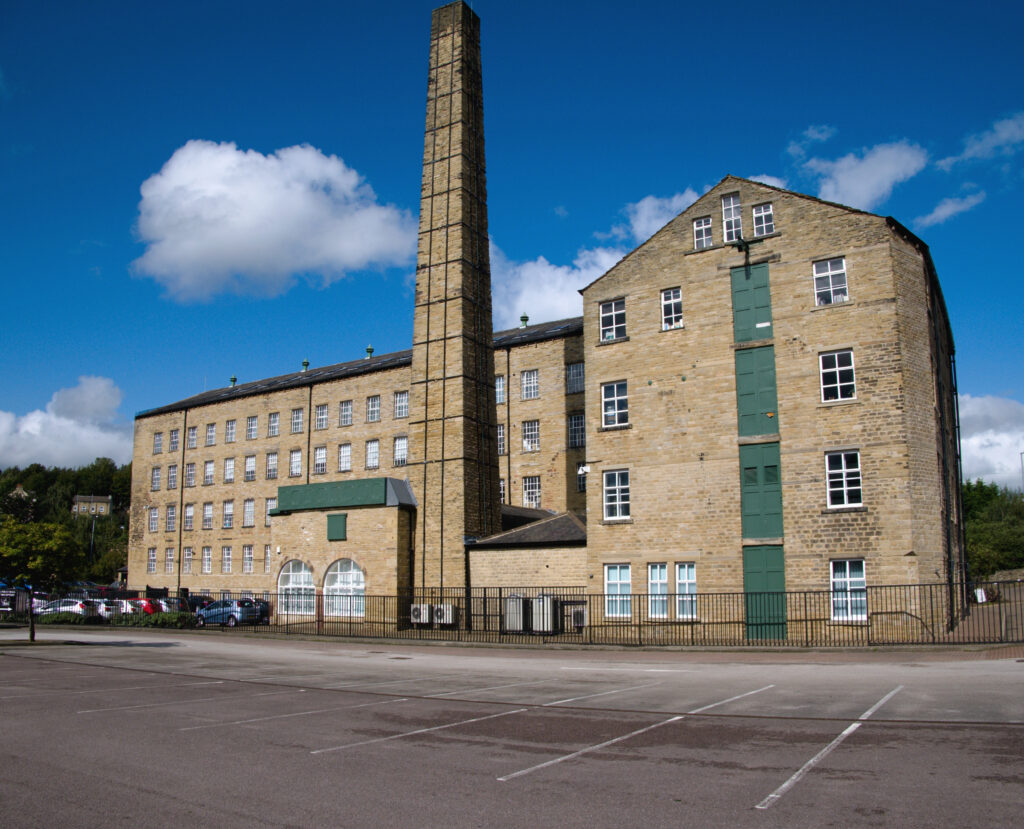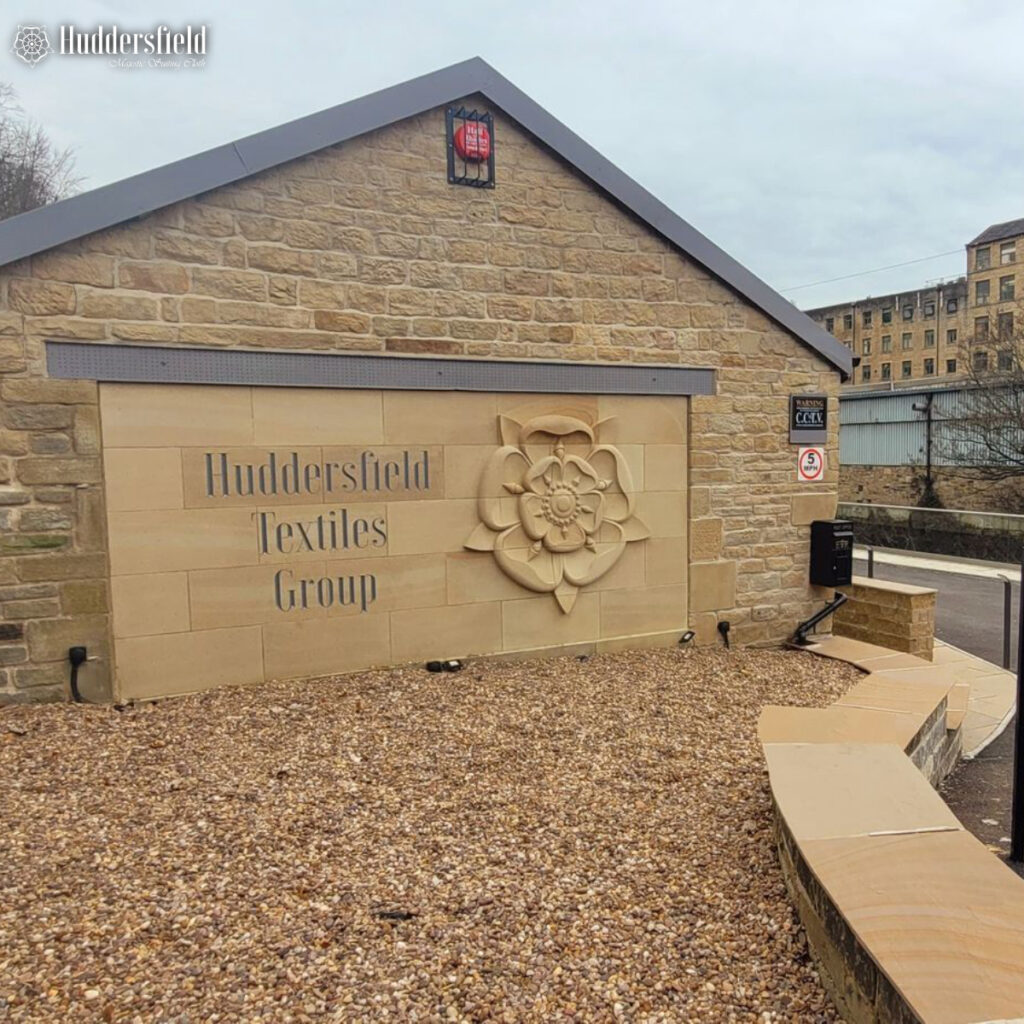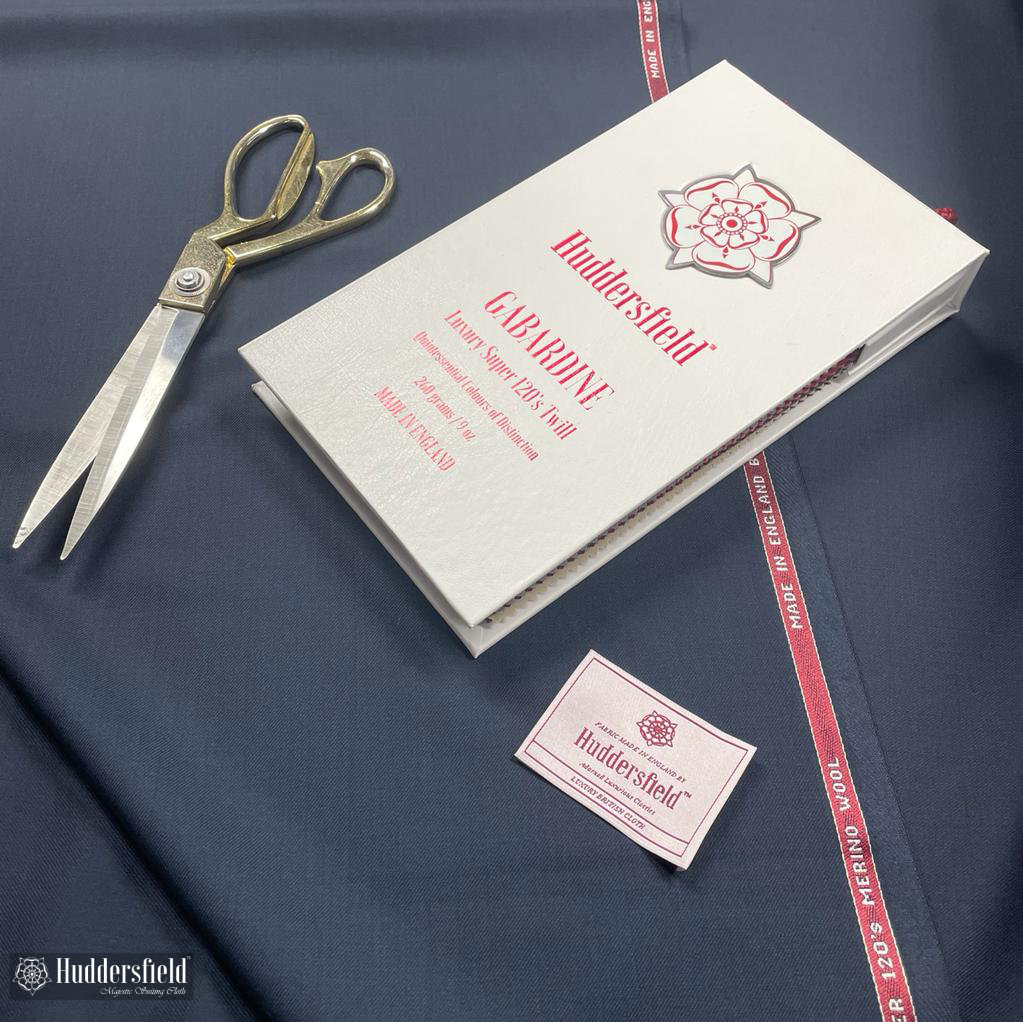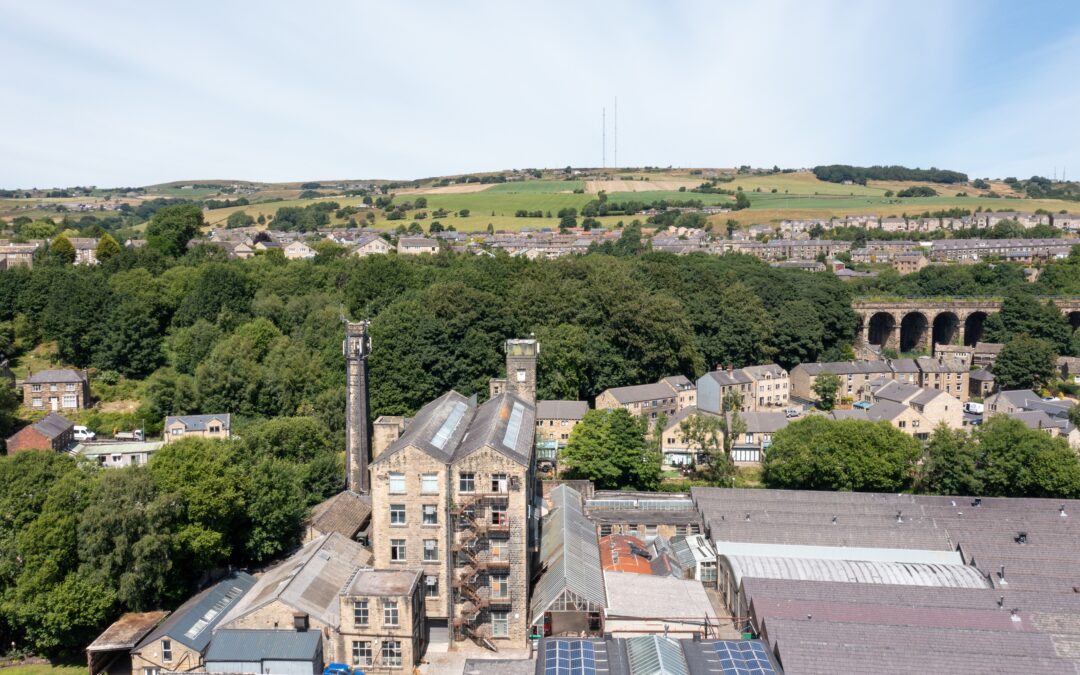Huddersfield, a picturesque town nestled in the heart of West Yorkshire, England, boasts a rich and storied history that is deeply intertwined with the textile industry. This legacy dates back to the 18th century, when Huddersfield emerged as a pivotal player in the Industrial Revolution, significantly contributing to the development and global reputation of British textiles.
The Birth of a Textile Giant
The roots of Huddersfield’s textile industry can be traced to its strategic location near the Pennines. The Pennines provided an abundant supply of soft water, which was essential for the production of high-quality wool and worsted fabrics. This natural advantage, combined with the ingenuity and craftsmanship of local weavers and dyers, positioned Huddersfield as a center of excellence in textile manufacturing.
As the Industrial Revolution gathered momentum, the introduction of machinery and the establishment of factories transformed Huddersfield into a bustling industrial hub. The town’s growth was further accelerated by the construction of canals and railways, which facilitated the efficient transportation of raw materials such as wool and cotton, as well as finished textiles. These developments enabled Huddersfield to export its superior fabrics to markets across Britain and beyond, solidifying its reputation as a leader in the textile industry.

Architectural Heritage and Industrial Monuments
Many of the mills and factories built during Huddersfield’s industrial heyday still stand today, though their purposes have evolved over the centuries. These historic buildings serve as enduring symbols of the town’s industrious past. For instance, the towering chimneys and expansive mill complexes that once hummed with the activity of thousands of workers now house modern offices, apartments, and cultural venues. These repurposed structures not only preserve the architectural heritage of Huddersfield but also provide a tangible connection to the town’s rich industrial history.
One notable example is the refurbished Dean Clough Mills, which now serves as a thriving business and arts complex. Similarly, the historic Bates Mill has been transformed into a vibrant space for businesses and events, while still retaining many of its original features. These adaptive reuses highlight the community’s respect for its heritage and its ability to innovate within the framework of its storied past.

Continuing the Tradition: Modern-Day Huddersfield Textiles
Huddersfield’s textile legacy is far from a relic of the past; it continues to thrive and evolve in the present day. The town is home to several renowned textile mills and manufacturers that seamlessly blend traditional techniques with cutting-edge technology. These modern enterprises uphold the high standards of quality and craftsmanship that have long been associated with Huddersfield textiles.
A Hub for Textile Enthusiasts and Professionals
Huddersfield’s enduring reputation as a center of textile excellence makes it a fascinating destination for enthusiasts and professionals alike. The town offers a wealth of opportunities to explore its textile heritage, from guided tours of historic mills to exhibitions at local museums. The University of Huddersfield also plays a pivotal role, offering specialized courses and conducting research that contributes to the advancement of textile technology and design.
The town’s commitment to preserving its history while fostering innovation ensures that Huddersfield remains a vibrant and relevant player in the global textile industry. Whether you’re a history buff, a fashion aficionado, or a professional in the field, Huddersfield’s textile story is one of inspiration and enduring excellence.

Conclusion
Huddersfield’s journey from an 18th-century textile powerhouse to a modern center of innovation is a testament to its resilience and adaptability. The town’s rich industrial heritage, coupled with its continued dedication to quality and innovation, makes Huddersfield a unique and important part of England’s textile narrative. As the town moves forward, it continues to honor its past while weaving new threads into the fabric of its future.

